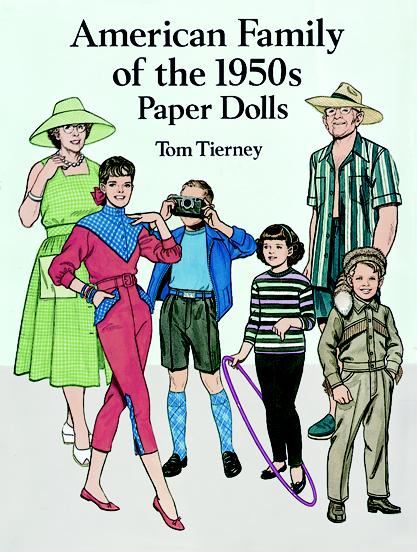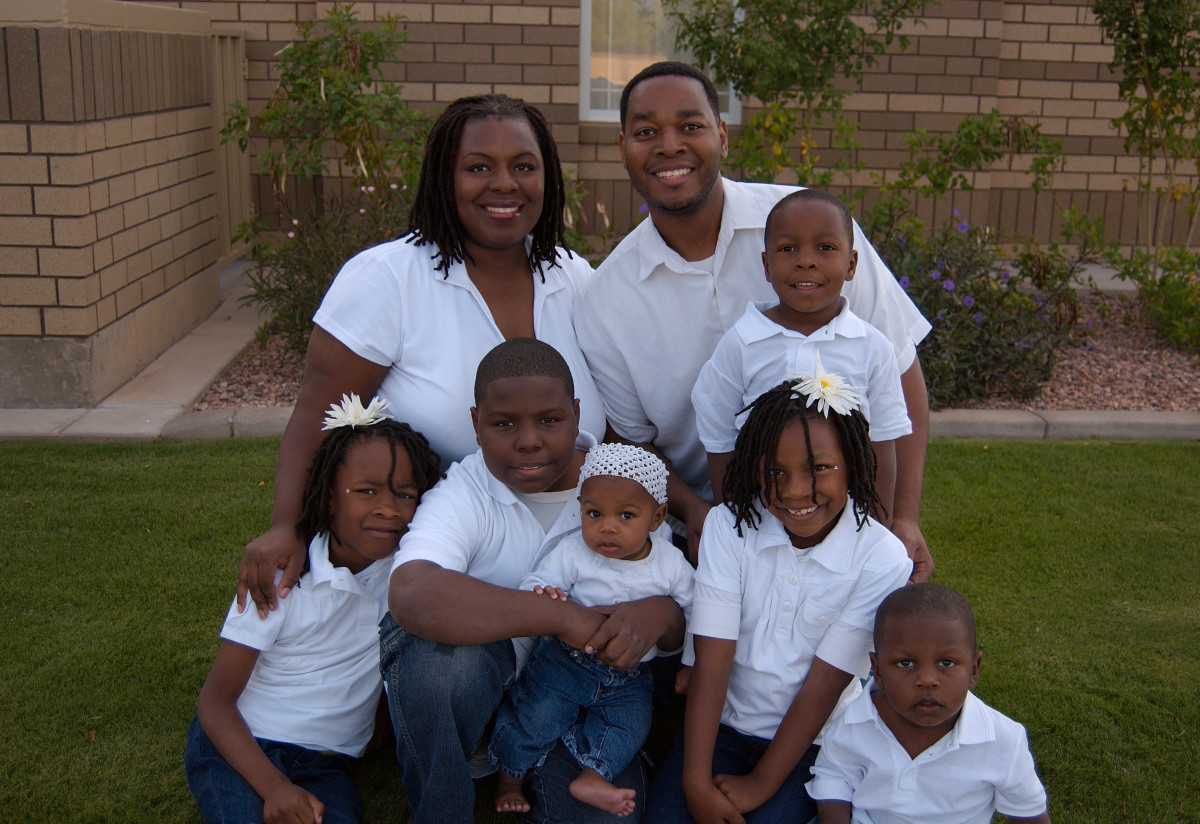American Families Over the Last Fifty Years
Over the past fifty years, American families have changed drastically as a result of having to adapt to technological advances, economic fluctuations, and social trends. The most notable changes, when discussing a typical “family”, are: the number of people living in “family households” or tradition nuclear families has decreased, women are having less children in their lifetime, wives are now more likely to work outside of the home, and those who do live in family households have a less stable family dynamic, for example, there are far more stepchildren, former in-laws, etc.
Each and every person has their own opinion of what a family is. This is obviously due to the fact that not every family is exactly the same. Being that each human being has his or her own idea of “family”, it is fair to say that not many people have an accurate understanding of exactly what a “typical” family is. In the United States, it is hard to pinpoint qualities of a “typical” family. Being the diverse country that the United States is, families vary by race, religion, economic status, age, and many other factors. However, in the last fifty years there have been noticeable family changes in the United States.

Today, fewer people live in a traditional nuclear family, which is quite the opposite of people alive half-way through the 20th century. The more recent trend of adults living alone or not with a “family” can be associated with the higher divorce rate, adults waiting longer before they decide to get married, and most obviously by the widowhood commonly seen at older ages. “In a particularly dramatic shift away from traditional nuclear family living, families maintained by never-married women increased tenfold over the past two decades, rising from 248,000 in 1970 to 2.7 million in 1988” (Wetzel 2). Young-adults waiting a longer period of time before marriage ties into the fact that women today, on average, have less children in their lifetimes. Also, they are choosing to have children later in life. “Consequently, the average size of families today is smaller than it has ever been before. The nation’s total fertility-rate—the number of children the average woman would be expected to bear in her lifetime—has been below the replacement level since 1972” (Wetzel 1). The roles of women have shifted significantly as well, especially post-WWII. Wives are now more likely to work outside of the home, regardless of whether they have children or not. Other interesting family changes include: The number of families headed by single mothers has increased 25% since 1990, to more than 7.5 million households, the number of single fathers has increased, now heading over 2 million families, and interestingly, for most of the past decade, about one-third of all babies were born to women out of wedlock, compared to 3.8 % in 1940. (Wetzel)
If our society is to survive, the importance of intimate relationships, family policies, and changing family dynamics in general, cannot be taken for granted. People of all walks of life live in families. Hopefully America as a whole can use this “common ground”, not only to advance the social innovations of the 21st century, but also to further enhance the ideals of equality and basic human rights that this country was founded upon. Over the next century, hopefully the word family, and what it is used to describe, remain an essential institution of our nation. Even the economic well-being of America relies heavily upon “the American family”. Families are at the core of production, saving, and consuming. Children should have families to help them mature in the best possible way: a way that will not only ensure that they will enjoy their life more as an adult, but also help make America a better place to live. Families are mainly responsible for the “nurturing” and education of the future leaders of this country. The decreasing rate of nuclear families in the last 25 years is not helping!
Works Cited
Wetzel, James. "American Families: 75 Years of Change." (1990): 1-2. Web. 15 Sep 2010
<http://findarticles.com/p/articles/mi_m1153/is_n3_v113/ai_8873285/pg_8/?tag=content;col1>.
The American Family
More Hubs by LeisureLife
- Leaving Home for the First Time - Young People on Their Own
There comes a point in every child’s life where he or she must leave the nest... - The Lapis Niger - Mystery in the Forum Romanum - Ancient Mythology in Rome
At the center of the city of Rome lies the Forum Romanum, a small, rectangular plaza surrounded by the ruins of ancient government buildings... - Language in the Classroom - Potential Problems with Learning
A Critical Review of the Article “Why Do They Get It When I Say “Gingivitis” But Not When I Say “Gum Swelling”?” by Bruce Maylath... - The Sierra Foothills Wine Region in California - Gold Country and the Gold Rush
The Sierra Foothills region is located in Northern California, just East of Sacramento... - The Breakfast Club (Movie Analysis) and Teen Stereotypes
As soon as the song “Don’t You Forget About Me” is played, people who have seen The Breakfast Club (1985) instantly think of scenes from the classic film...









